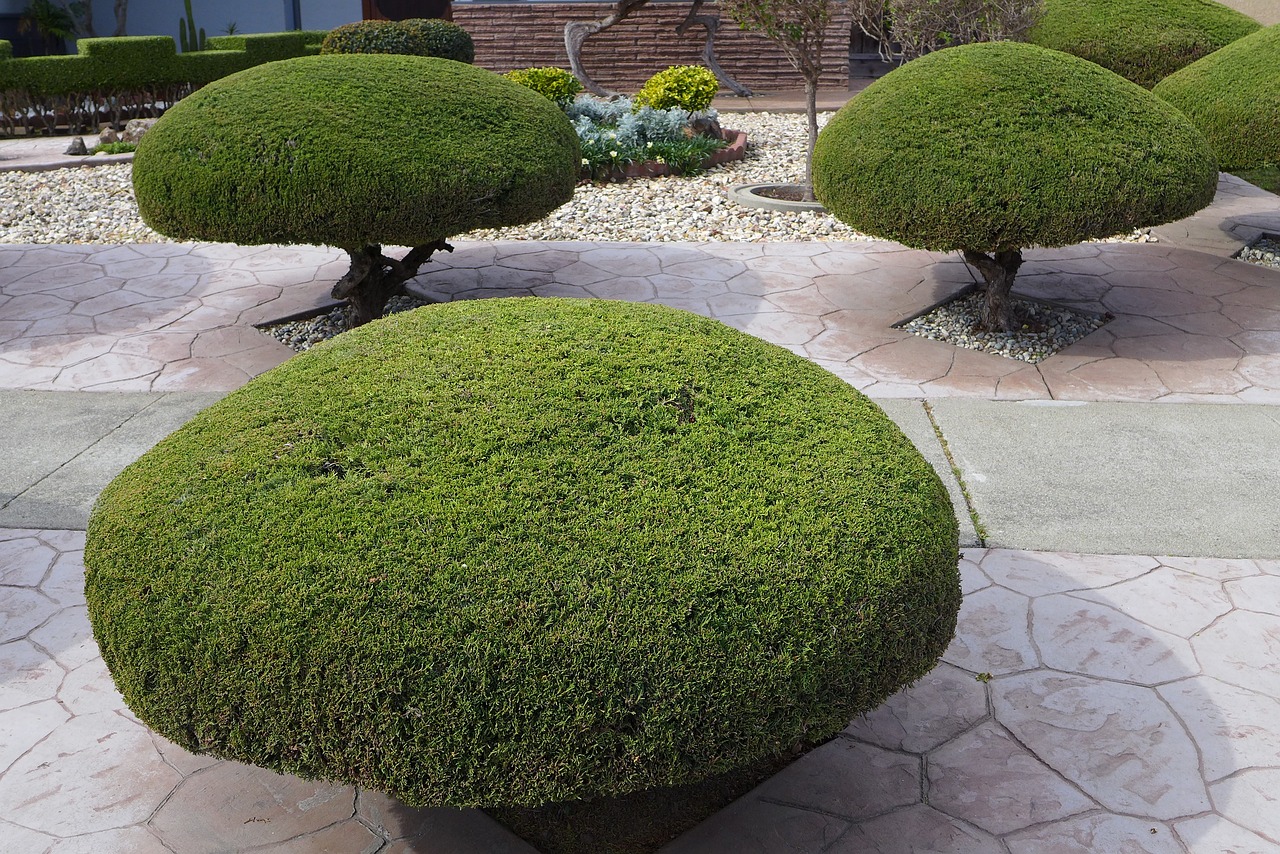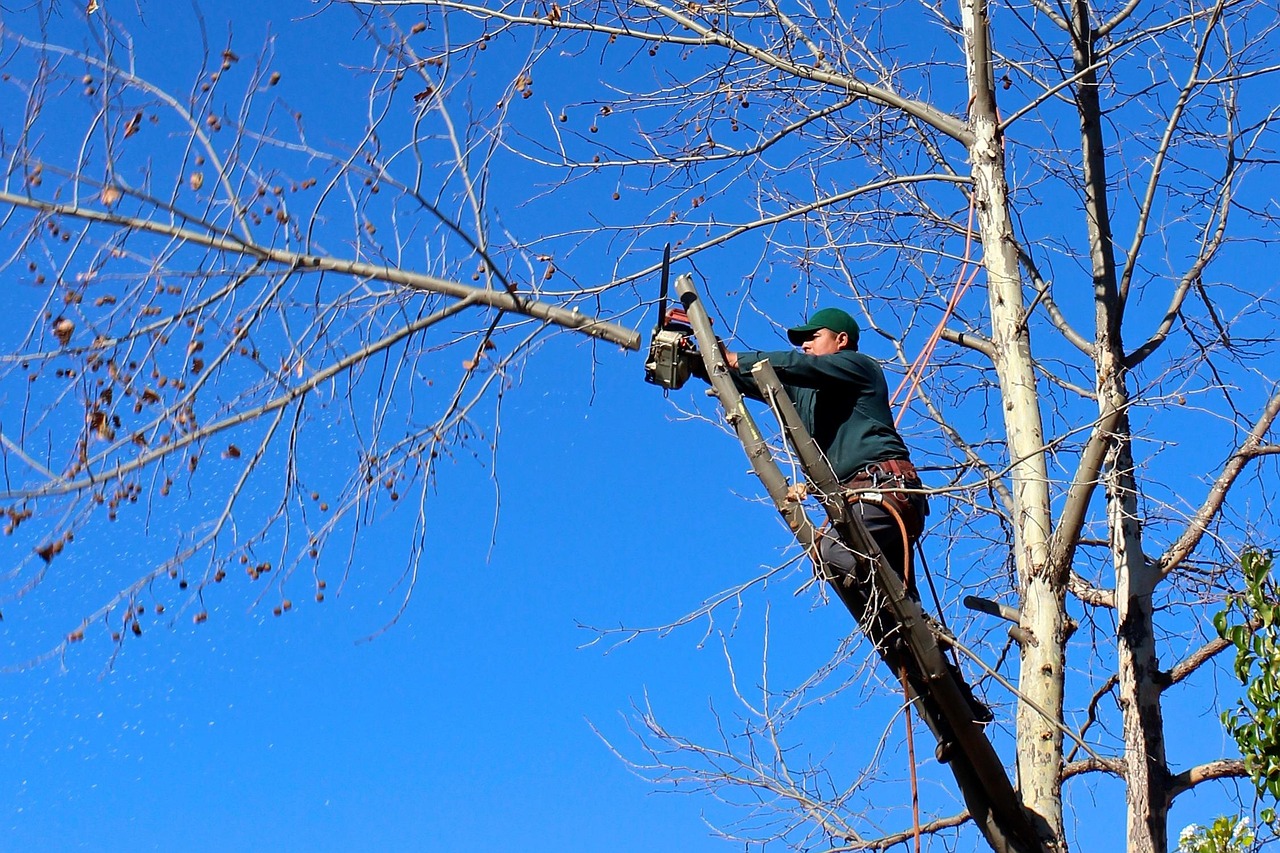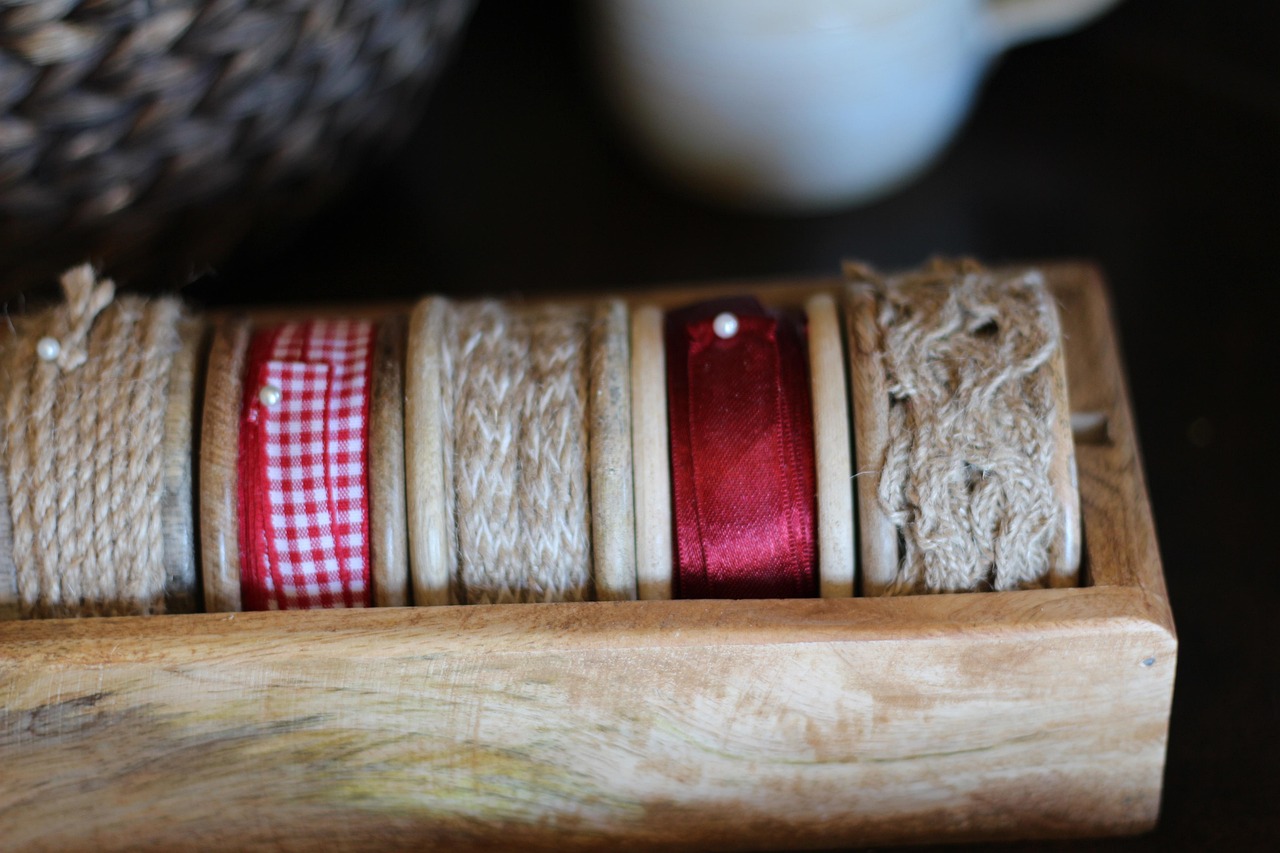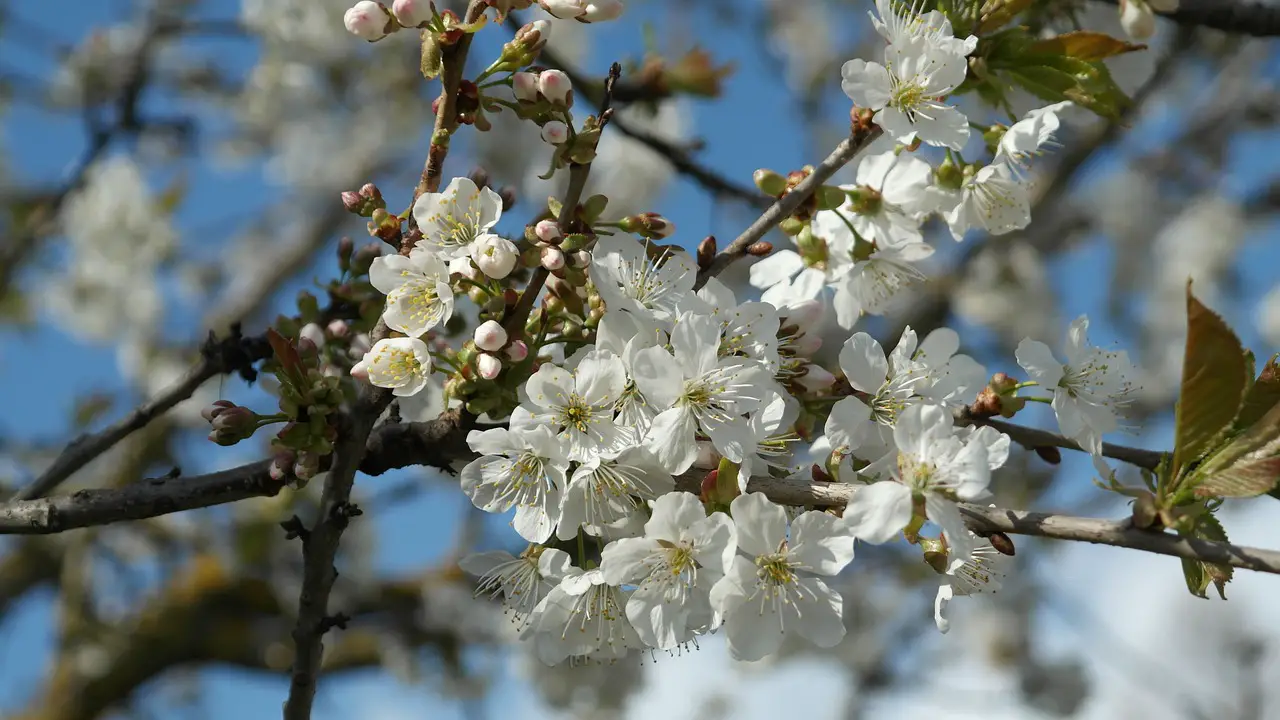Trees should generally be trimmed to maintain their health and safety, but there are instances where leaving them untouched may be beneficial. Proper trimming can promote growth, prevent disease, and enhance the overall aesthetics of the landscape.
Understanding the Importance of Tree Care
Trees play a vital role in our environment. They provide oxygen, improve air quality, conserve water, preserve soil, and support wildlife. However, like any living organism, trees require care and maintenance to thrive. One of the most debated aspects of tree care is whether to trim them or leave them untouched. This decision can depend on various factors including the species of the tree, its health, and its location.

Trimming trees is often necessary for several reasons. It can help remove dead or diseased branches, which can otherwise pose a risk to the tree’s health and surrounding areas. Additionally, trimming can improve the tree’s structure and shape, allowing for better sunlight penetration and air circulation. This is especially important for fruit-bearing trees, which require optimal conditions to produce healthy yields.
Conversely, some argue that trees should be left untouched. This perspective is often rooted in the idea that nature has its own way of maintaining balance. Untouched trees can develop natural wildlife habitats and contribute to biodiversity. However, without any form of maintenance, trees may become overgrown, which can lead to problems such as weak branches or increased vulnerability to pests and diseases.
Factors to Consider When Deciding on Tree Trimming
When contemplating whether to trim a tree or leave it untouched, several key factors should be considered:

- Tree Health: Assess whether the tree is healthy or shows signs of disease.
- Species: Different species have different growth patterns and care requirements.
- Location: Consider the tree’s proximity to buildings, power lines, and other structures.
- Season: The time of year can influence the best practices for trimming.
The Benefits of Trimming Trees
Trimming trees can yield numerous benefits that enhance both the tree’s health and its surroundings. Some advantages of regular tree trimming include:
| Benefit | Description |
|---|---|
| Improved Health | Removing dead or diseased branches prevents the spread of decay. |
| Enhanced Safety | Trimming reduces the risk of falling branches that may harm people or property. |
| Better Aesthetics | A well-trimmed tree enhances landscape beauty and curb appeal. |
| Increased Sunlight | Trimming allows more light to reach the tree’s leaves and surrounding plants. |
| Pest Control | Regular maintenance can deter pests by removing their habitats. |
When to Leave Trees Untouched
While trimming offers many advantages, there are also valid reasons for leaving some trees untouched. Certain circumstances warrant a hands-off approach:
- Biodiversity: Untouched trees can provide habitats for wildlife.
- Naturally Strong Growth: Some trees thrive better without human intervention.
- Natural Aesthetics: An untamed look can enhance certain landscaping styles.
Ultimately, the decision to trim or leave a tree untouched should be made with careful consideration of these factors. Each tree is unique, and understanding its specific needs and surroundings is crucial for its health and longevity.

Engaging with professionals who specialize in arboriculture can provide valuable insights into the best practices for tree care. Whether trimming or leaving trees untouched, informed decisions will lead to a healthier environment for all living things.
Understanding the Different Types of Tree Trimming
There are various methods of tree trimming, each designed to meet specific objectives. Understanding these techniques can help in making informed decisions about tree care. Here are some common types of trimming:
- Thinning: This method involves selectively removing branches to improve light penetration and air circulation. It helps in reducing the overall density of the tree.
- Pruning: Pruning is focused on removing dead or diseased branches. It promotes the health of the tree by allowing for better growth and prevents the spread of disease.
- Crown Reduction: This technique reduces the height and spread of the tree’s canopy. It is often used for trees that have grown too large for their surroundings.
- Crown Cleaning: This involves removing dead, dying, or weak branches from the crown of the tree. It enhances aesthetics and reduces potential hazards.
The Importance of Timing in Tree Trimming
The timing of tree trimming is crucial for effectiveness and the health of the tree. Different species respond better to trimming at different times of the year. Here are some general guidelines:
- Late Winter to Early Spring: Many trees benefit from pruning during this time. Dormant trees can heal better after trimming, leading to a healthier growth cycle.
- Summer: Light pruning can be done during the summer months. This helps control growth but should be done sparingly to avoid stressing the tree.
- Fall: Avoid heavy trimming in fall, as this can leave trees vulnerable to diseases over winter.
Potential Risks of Not Trimming Trees
While some trees can thrive without intervention, neglecting tree trimming can lead to several risks. Here are some potential consequences:

- Increased Vulnerability: Overgrown trees are more susceptible to diseases and infestations due to poor air circulation and sunlight exposure.
- Structural Weakness: Unmanaged growth may lead to weak branches that pose a risk of falling, which can cause injury or property damage.
- Aesthetic Decline: Untamed trees may detract from the overall beauty of a landscape, impacting property value.
Signs That Your Tree Needs Trimming
Recognizing when a tree needs trimming is vital for its health and safety. Here are some signs to look for:
- Dead Branches: If a branch is lifeless, it should be removed to prevent decay from spreading.
- Overcrowding: When branches are crossing or crowding each other, it may be time to thin them out.
- Pests or Disease: The presence of pests or signs of disease on a tree indicates that immediate action is necessary.
- Shape Distortion: If a tree is growing unevenly, trimming can help restore its natural shape and balance.
The Role of Professional Arborists
Hiring a professional arborist can provide numerous benefits when it comes to tree care. These experts have specialized training and experience in managing tree health effectively. Here are some reasons to consider involving a professional:
- Expert Assessment: Arborists can evaluate the health of the tree accurately and suggest appropriate trimming methods.
- Safety Precautions: Professionals have the tools and skills necessary to trim trees safely, minimizing risks associated with heavy branches or heights.
- Long-term Health Management: Arborists can provide ongoing care plans and maintenance schedules tailored to specific tree species.
Involving an expert ensures that trees receive appropriate care tailored to their individual needs, leading to healthier growth and longevity.
Cost Considerations for Tree Trimming
The cost of tree trimming can vary significantly based on several factors. Understanding these costs can help homeowners budget appropriately. Here are some elements that influence pricing:
| Factor | Description |
|---|---|
| Tree Size | Larger trees typically require more time and equipment for trimming, increasing costs. |
| Location | Trees located near power lines or structures may require additional safety measures, affecting pricing. |
| Health Condition | If a tree is diseased or damaged, extra care may be needed, raising costs. |
| Seasonality | Prices may fluctuate based on demand during peak seasons for tree care. |
Understanding these factors will assist homeowners in making informed decisions regarding their tree maintenance budgets and ensure they engage in necessary care practices effectively.
Environmental Impact of Tree Trimming
Tree trimming does not only affect the individual tree but also has broader implications for the environment. It is important to consider how these practices can impact local ecosystems and biodiversity.
Benefits to Ecosystems
When performed correctly, tree trimming can enhance the surrounding ecosystem. Here are several environmental benefits:
- Promoting Biodiversity: Healthy trees provide habitats for various species. Trimming can help maintain these habitats by ensuring trees do not become overcrowded.
- Reducing Carbon Footprint: Well-maintained trees absorb more carbon dioxide, contributing positively to air quality and climate change mitigation.
- Supporting Soil Health: Properly trimmed trees allow better sunlight penetration, which can promote healthier undergrowth and soil quality.
Potential Negative Impacts
Despite the benefits, improper trimming can lead to negative consequences for the environment. Here are some risks associated with excessive or incorrect tree trimming:
- Habitat Loss: Trimming can disrupt the natural habitats of birds, insects, and other wildlife if done at inappropriate times.
- Tree Stress: Over-trimming can weaken a tree, making it more susceptible to diseases and pests.
- Soil Erosion: In some cases, drastic trimming may lead to increased soil erosion, especially if large branches are removed.
Tree Trimming Techniques
Understanding various tree trimming techniques can help ensure that trimming is done effectively and safely. Here are some common methods:
Selective Pruning
This technique involves removing specific branches to improve light exposure and air circulation without compromising the overall structure of the tree. Selective pruning helps enhance the tree’s health while maintaining its natural appearance.
Reduction Cuts
Reduction cuts involve shortening branches back to a lateral branch or bud. This method is particularly useful for controlling the size of a tree while preserving its shape. It is essential to make these cuts in a manner that promotes healing and minimizes stress on the tree.
Thinning Cuts
Thinning cuts remove entire branches at their point of origin. This technique helps reduce density in the canopy, improving light penetration and air flow. Thinning is especially beneficial for fruit trees, as it encourages better fruit production.
The Role of Seasonal Changes in Tree Care
The seasons play a crucial role in determining the best approach for tree trimming. Understanding how seasonal changes affect tree health can guide proper maintenance practices.
Spring
During spring, trees enter a period of active growth. It is generally advisable to wait until late spring or early summer for most pruning activities. This timing allows for the removal of dead or damaged branches without interfering with new growth.
Summer
Summer is a good time for light pruning and maintenance. Removing small branches and suckers can help manage growth while promoting healthy foliage. However, heavy pruning should be avoided, as it can stress trees during high heat.
Fall
Fall is typically not recommended for major trimming due to the onset of dormancy in many tree species. Trimming during this time can leave trees vulnerable to winter elements and disease.
Winter
Winter is often considered an ideal time for pruning deciduous trees while they are dormant. During this season, it is easier to see the tree’s structure without leaves, allowing for more accurate trimming. However, care should be taken to avoid working in extremely cold conditions that may stress the tree.
Community and Aesthetic Considerations
The appearance of trees and their placement within a community can significantly affect local aesthetics and property values. Proper trimming contributes positively to these aspects.
Enhancing Curb Appeal
A well-maintained tree can enhance the visual appeal of a property. Regular trimming helps maintain the shape and size of trees, making landscapes more attractive. Homeowners should consider how their trees contribute to their property’s overall look and feel.
Community Standards
Many communities have standards regarding tree care and maintenance. Adhering to these guidelines not only helps maintain neighborhood aesthetics but also ensures safety for residents and visitors. Homeowners should check local regulations or guidelines related to tree care before undertaking significant trimming projects.
Understanding the relationship between tree care practices and their environmental, aesthetic, and community impacts can inform more responsible decision-making when determining whether to trim or leave trees untouched.
The Balance Between Tree Preservation and Care
Finding the right balance between trimming trees and leaving them untouched is essential for maintaining healthy landscapes and ecosystems. Homeowners must weigh the pros and cons of each approach, considering factors such as tree species, location, health, and environmental impacts. While some trees may thrive without intervention, others require regular care to ensure their longevity and vitality.
One of the key factors in determining whether to trim a tree is its growth pattern. Fast-growing species may need more frequent trimming to manage their size and shape. In contrast, slower-growing trees might benefit from minimal intervention, allowing them to develop naturally over time. Understanding the specific needs of each tree type can guide homeowners in making informed decisions.
Community Engagement and Education
Engaging with local communities about tree care practices can enhance public awareness and promote responsible stewardship of urban forests. Educational programs can highlight the importance of tree maintenance while fostering appreciation for the role trees play in our environment. Workshops, community planting days, and partnerships with local arborists can help spread knowledge about effective tree care techniques.
Incorporating community standards into tree care practices encourages residents to maintain their trees responsibly. Neighborhood associations can develop guidelines that promote healthy tree growth while enhancing the overall landscape. By working together, communities can create green spaces that benefit everyone.
Innovative Tree Care Solutions
Advancements in technology and horticultural practices offer new ways to manage tree health effectively. Innovations such as drone technology for aerial assessments and remote sensing can provide valuable data on tree conditions without causing disruption. Additionally, organic treatments and pest management solutions can minimize the environmental impact of traditional methods while promoting tree health.
Utilizing these innovative solutions allows homeowners and arborists to make better-informed decisions regarding tree trimming and maintenance. As technology continues to evolve, it will likely play an increasingly significant role in sustainable tree care practices.
Final Thoughts
The decision to trim trees or leave them untouched is multifaceted and requires careful consideration. Each tree has unique needs influenced by its species, health, location, and surrounding environment. Regular maintenance is essential for many trees to ensure they thrive and continue to provide ecological benefits, aesthetic value, and safety for communities.
While trimming is necessary for promoting healthy growth and preventing hazards, it is equally crucial to recognize when to allow trees to grow naturally. Striking the right balance between care and preservation can lead to healthier ecosystems and more beautiful landscapes.
Engaging with professionals and educating oneself about tree care practices will empower homeowners to make informed decisions that positively impact their environment. By fostering a culture of responsible tree stewardship, communities can enjoy the numerous benefits that come from well-maintained trees while preserving the natural beauty of their surroundings.
In conclusion, whether you choose to trim your trees or leave them untouched, understanding the implications of each choice is essential for promoting a healthy environment. Embracing best practices in tree care will ensure that our landscapes flourish for generations to come.
